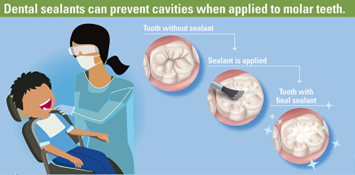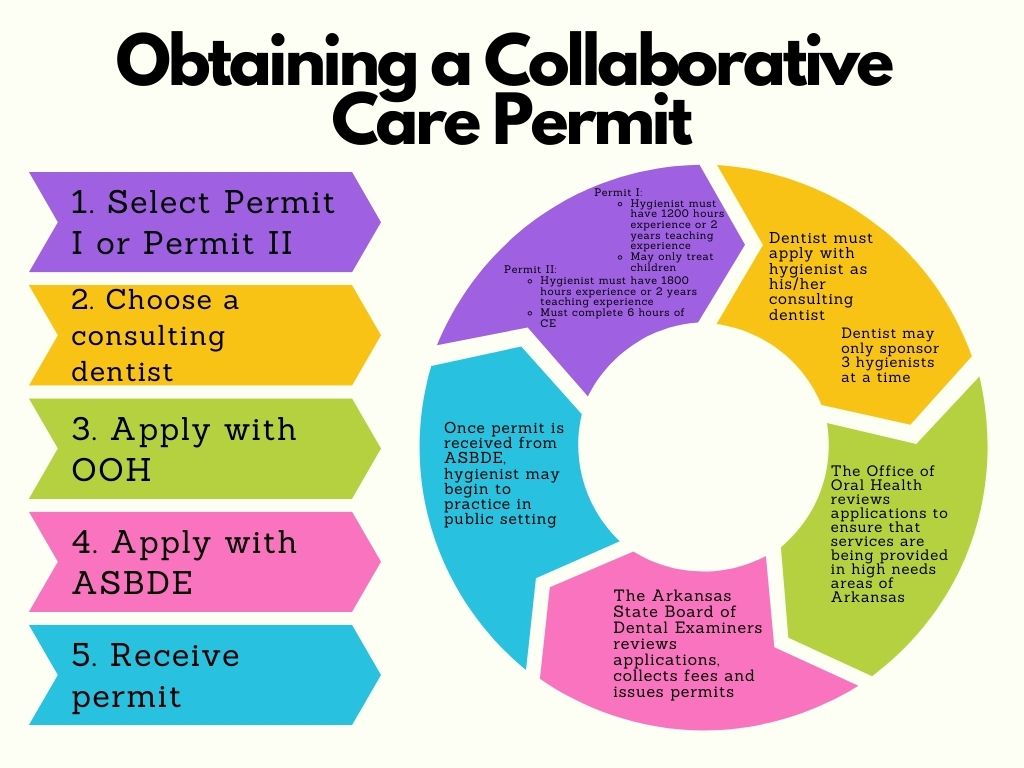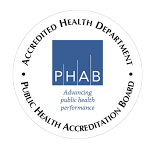Office of Oral Health
Statewide Initiatives | Programs & Services | Reports & Data Sources | Partnership Opportunities |
Information for Individuals, Families, and Providers
The ADH Office of Oral Health’s (OOH) mission is to promote life-long, optimum oral health for all Arkansans through primary prevention, education, accessible and culturally competent community-based oral health care, and informed policy development.
Good oral health is important to your overall health.
Oral diseases vary widely from cavities to gum disease to oral cancer. They can lead to speech problems, pain while eating, and disability. Oral health has been linked with other chronic diseases, such as diabetes, heart disease, and pre-term and/or low birth weight babies.
Dental decay and periodontal diseases are both preventable. A healthy smile can last a lifetime with healthy habits, such as brushing, flossing, smart food choices, and dental visits. Learn more at the American Dental Association’s website, Mouth Healthy.
Statewide Initiatives
Dental Hygiene Collaborative Care
Act 89 of 2011 established the Dental Hygienist Collaborative Care (DHCC) program. This allows registered dental hygienists who work under collaborative care permits with licensed dentists to deliver preventive dental services in a public setting to underserved children and older adults. These settings include schools that meet eligible free-and-reduced meal (FARM) tiers, long-term care facilities and other adult congregate care facilities. Hygienists wishing to practice DHCC in conjunction with their consulting dentist must apply for permits from both the ADH OOH and the Arkansas State Board of Dental Examiners.
Key Points:
- Consulting dentists and collaborative care dental hygienists must apply with the Office of Oral Health in the Arkansas Department of Health for permission to practice collaborative care in qualifying underserved areas. That permission must be confirmed annually.
- The Office of Oral Health is required to develop and maintain a list of communities and/or rural areas prioritized as the need for dental services so that collaborative services can be directed to those areas in greatest need.
- Arkansas Department of Health/Office of Oral Health Application for Collaborative Practice
- Arkansas State Board of Dental Examiners DHCC permit application
- Arkansas State Board of Health Rules & Regulations for Dental Hygiene Collaborative Care
- Dental Practice Act: Article XIX Dental Hygienist Collaborative Care Program
- Collaborative Practice Report-School Tiers
- DHCC Application Process Flowchart
Community Water Fluoridation Maintenance and Support
Under the State Actions to Improve Oral Health Outcomes grant (DP-1810), the ADH OOH helps community water systems maintain optimum fluoridation levels by reimbursing the cost of equipment necessary for the fluoridation process. This includes pumps, digital scales, personal protective equipment, and more. Arkansas water systems that may need support for fluoridation equipment repair or replacement can fill out a request form here.
Helpful information for Water Operators:
- CDC Water Fluoridation Training Course: Fluoridation Learning Online (FLO)
- Drinking Water – Systems & Operators in Arkansas
Programs & Services
Paint-A-Smile: Fluoride Varnish
The Paint-A-Smile program trains medical professionals to perform oral health risk assessments, oral health screenings, and education, and apply fluoride varnish in clinical settings to close the gap that exists for children who do not have regular access to comprehensive dental care. This program also helps meet the National Standard of Care for up to four fluoride varnish applications per year for high-risk children.
The program goals are to:
- Close the gaps that exist for children who do not have regular access to comprehensive dental care
- Reduce the risk of dental caries
- Initiate a referral to a dental home
- Educate caregivers about tooth decay and prevention
Training for Medical Providers
To start applying fluoride varnish in your office, please email us at adh.ooh@arkansas.gov to schedule a free training.
This training will provide your office with:
- More personalized information
- Fluoride Varnish Starter Kit
- State-specific billing codes
- Lessons learned from other offices
You can also become certified to apply fluoride varnish and receive free CE through the Smiles for Life online training course “Caries Risk Assessment, Fluoride Varnish, and Counseling.”
School-Based Sealant Clinic Funding
Dental sealants are thin coatings that--when painted on the chewing surfaces of the back teeth (molars)--can prevent dental decay for many years. School sealant programs are an effective way to reach children with dental sealants to prevent cavities. These programs provide pit and fissure sealants to children—generally aged 6 to 11 years—using portable equipment in a school setting.
Once applied, sealants protect against 80 percent of cavities for two years and continue to protect against 50 percent of cavities for up to four years. Dental sealants work best when applied to children who are at the highest risk of tooth decay.
Reports & Data Sources
The ADH Office of Oral Health reviews or collects data from a variety of sources, both national and state levels. Oral health reports and data are helpful tools to:
- Monitor and measure the burden of disease, identify the population at high risk, and new or emerging health concerns
- Guide the planning, implementation, and evaluation of programs to prevent and control disease
- Evaluate public policy and prioritize the allocation of health resources
- Detect changes in health practices and the effects of these changes
- Develop hypotheses for epidemiologic research
3rd Grade Basic Screening (BSS) Report
Dental decay is the most common chronic childhood disease in the United States. Children with untreated decay can experience dental pain and infections that can impact their overall health, such as issues with eating, speaking, playing, and learning. The OOH routinely evaluates oral health conditions among 3rd-grade students about every five years. The survey provides oral health advocates, researchers, policymakers, and government officials with valuable information for future programs and recommendations.
Oral Health Data Deck
The purpose of the Oral Health Data Deck is to provide a comprehensive set of graphs and charts on the impacts of oral health preventative practices and risk factors. This project provides oral health-related data to program staff, organizations, and the public. The charts and graphs can be copied for use in other presentations or reports.
Arkansas Oral Health Surveillance System (AOHSS)
The AOHSS was established within the OOH in 2007 and a new AOHSS plan was prepared in 2019 through the CDC 1810 cooperative agreement. The surveillance plan represents a joint effort of OOH resources from epidemiology, health statistics, and other state and national sources. The surveillance system is designed to collect data on oral health indicators based on available sources and surveillance capacity. It plays a significant role in assessing the burden of oral diseases, the use of oral health care delivery systems, and the status of community water fluoridation.
Arkansas All-Payer Claims Database (APCD)
The Arkansas All-Payer Claims Database (APCD) is a large-scale database that systematically collects health/oral health care data from a variety of sources. This database helps the ADH OOH understand how and where oral healthcare is being delivered and how much is being spent.
The National Oral Health Data Portal
The National Oral Health Data Portal consolidates most of the important oral health data sources in one place for people from all levels of oral health and data literacy. It includes data on oral health status, attitudes, cost, utilization of care, and access to care.
Partnership Opportunities
The ADH OOH supports a number of outreach events and provides educational materials to partners statewide. The goal is to support efforts that incorporate oral health in overall health improvement efforts. The ADH OOH seeks to establish partnerships and collaborations with individuals and organizations who have shared goals to improve access to oral health care, increase oral health education, and foster a culture of optimum oral health across the state.
We encourage you to contact us at adh.ooh@arkansas.gov or call 501-280-4111 for more information.
Information for Individuals, Families, and Providers
- ADH OOH Classroom Toothbrushing Toolkit
- Take Care of Your Teeth with Dental Sealants | Spanish | Marshallese
- Antibiotic Stewardship for Prescribers-OSAP
- Oral Health in Healthcare Settings to Prevent Pneumonia Toolkit
- Oral Risk Factor Patient Cards
- Resources to Support Antibiotic Stewardship in the Dental Office-MARR
- Periodontal Screening Tool | Spanish
|
Office |
Address | Phone |
|
4815 W. Markham Street, Slot 18 |
501-280-4111 |



